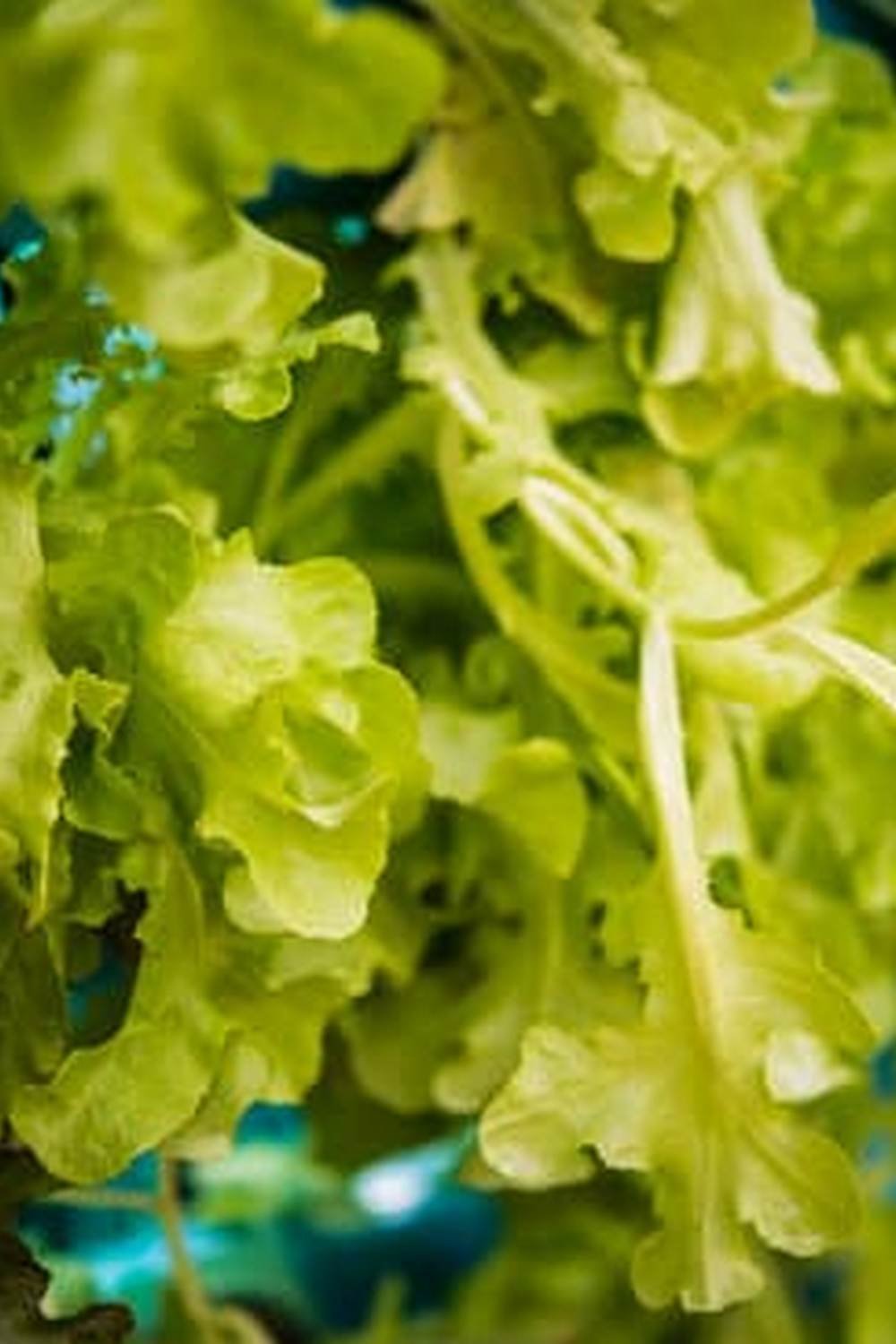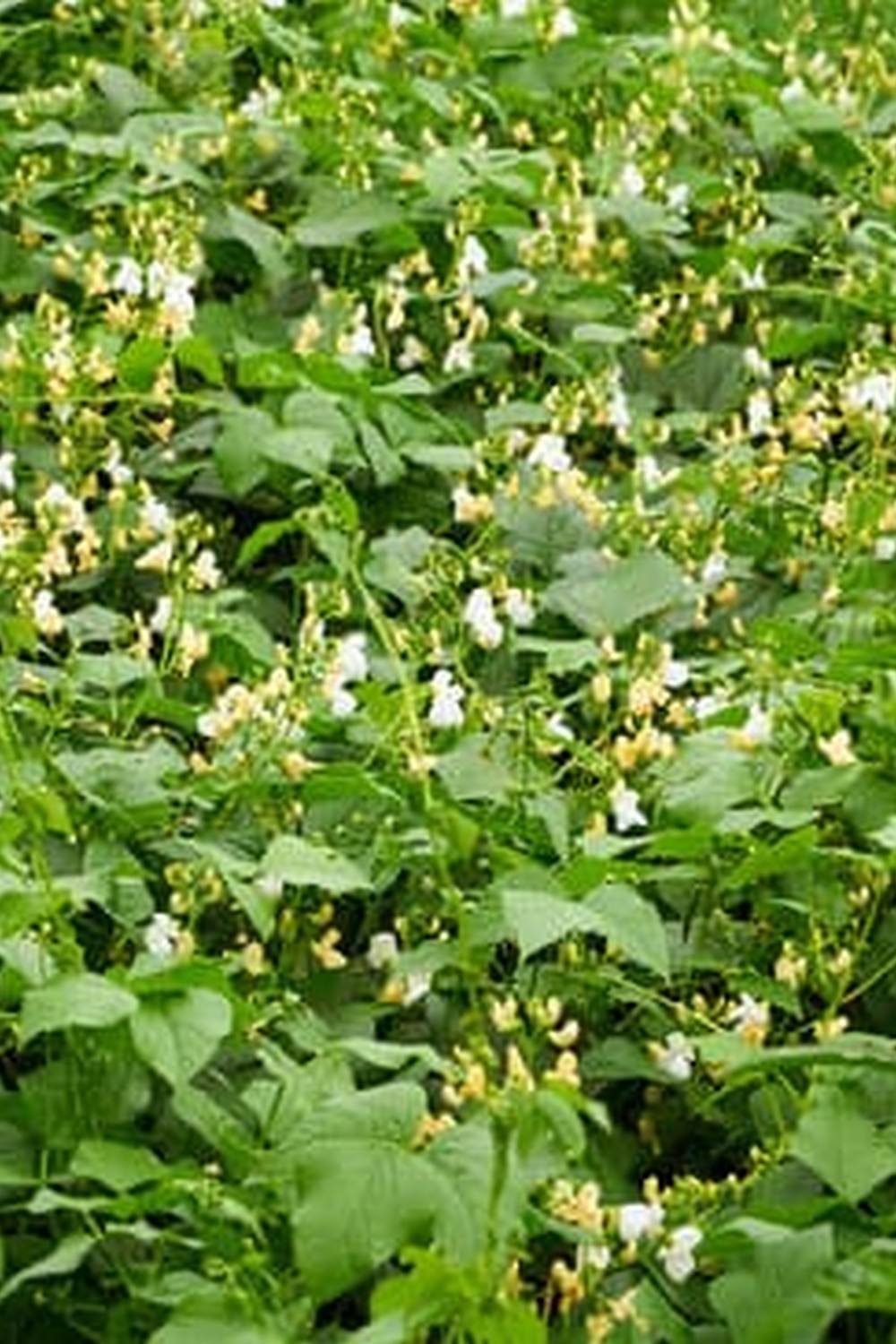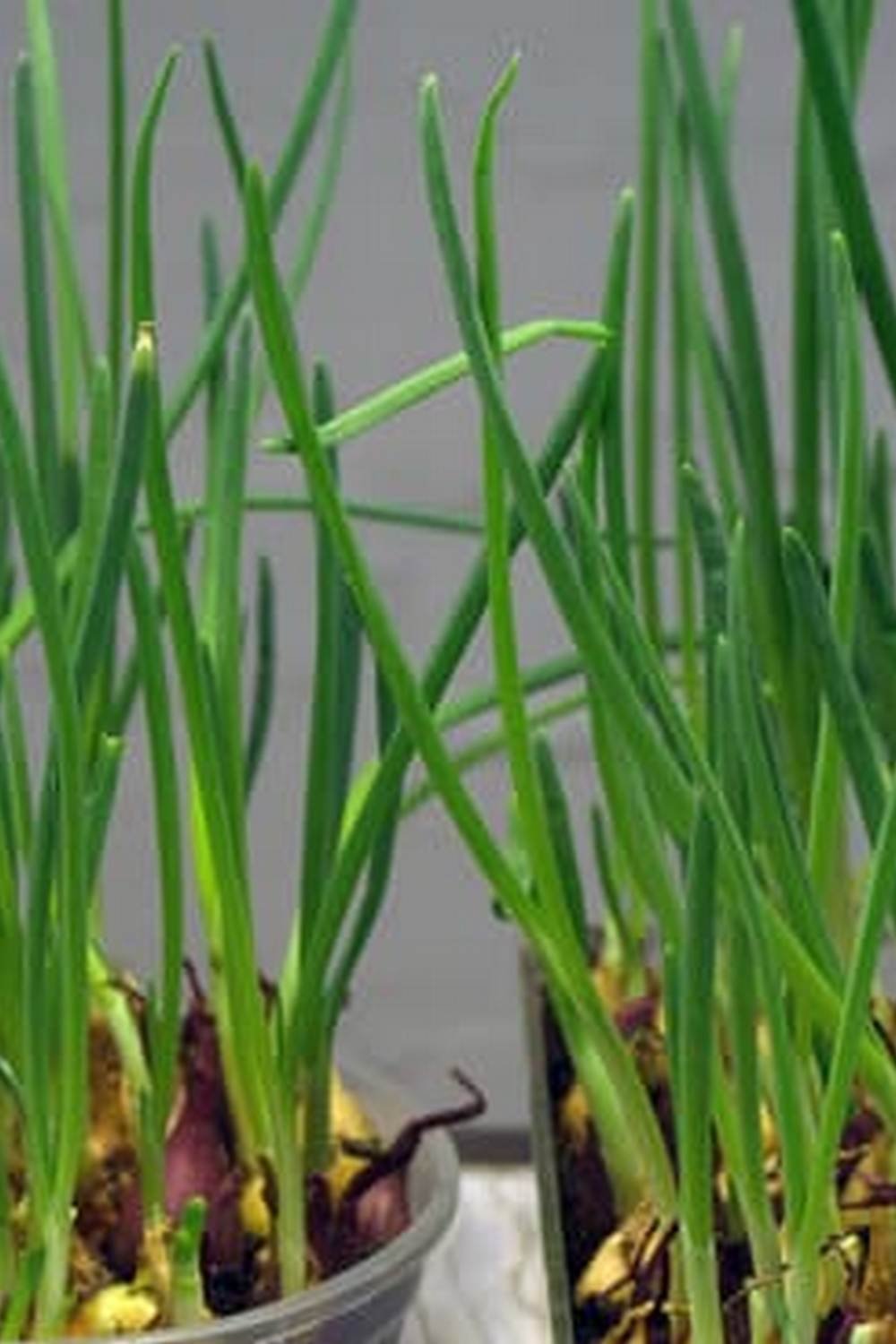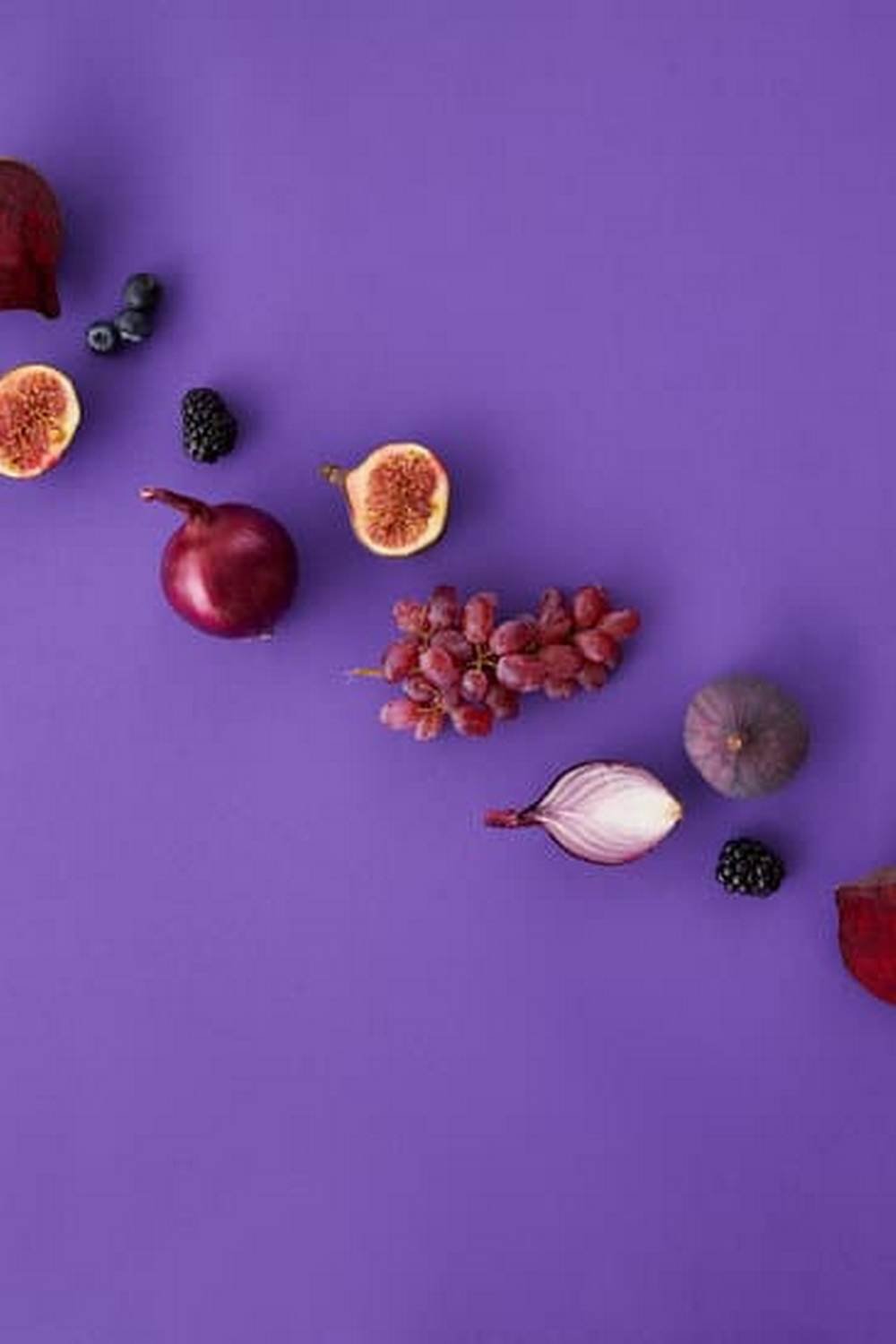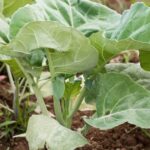Planting A Home Vegetable Garden Indoors
Beginning a vegetable garden indoors can be a fun and rewarding experience, and is a great way to get your family eating fresh, healthy vegetables. There are a few things you will need to consider before getting started, such as the type of vegetables you want to grow, the amount of light the garden will receive, and the size of the garden.
The first step is to choose the vegetables you want to grow. Some of the most popular vegetables to grow indoors include tomatoes, peppers, lettuce, and cucumbers. However, you can grow almost any type of vegetable indoors, so be sure to do some research to find out which ones will work best in your garden.
Once you have chosen the vegetables you want to grow, you will need to determine how much light the garden will receive. Most vegetables need at least six hours of direct sunlight per day, so if your garden will not receive this amount of light, you will need to choose vegetables that can grow in lower light levels.
Another important factor to consider is the size of the garden. If you have a small space, you will need to choose vegetables that grow well in containers. There are many different types of vegetables that can be grown in containers, including tomatoes, peppers, lettuce, and cucumbers.
Once you have determined the type of vegetables you want to grow, the amount of light the garden will receive, and the size of the garden, you will need to purchase the necessary supplies. The most important supplies you will need are pots or containers, soil, fertilizer, and plants.
The best way to get started is to purchase a kit that contains everything you need, such as the Garden in a Bag. This kit includes a pot, soil, fertilizer, and a plant. It is also a good idea to purchase a watering can to help keep the plants hydrated.
Now that you have everything you need, it is time to get started. The first step is to plant the vegetable in the soil. Be sure to follow the instructions that came with the plant, as each type of vegetable has specific requirements.
After the vegetable is planted, you will need to water it. The best way to water a vegetable garden is to use a watering can with a sprinkler attachment. This will help to evenly distribute the water and will help to prevent the vegetables from getting too wet or too dry.
You will also need to fertilize the garden. There are many different types of fertilizer available, so be sure to choose one that is appropriate for the type of vegetable you are growing. Fertilizer should be applied according to the instructions on the package, and should be watered into the soil.
Finally, be sure to keep an eye on the garden and remove any pests or diseases that may occur. Pests and diseases can be treated with pesticides or fungicides, so be sure to read the instructions carefully to choose the right product.
By following these simple steps, you can create a successful vegetable garden indoors.
Guide For Planting A Raised Vegetable Garden
A raised vegetable garden is a great way to enjoy fresh produce right from your own backyard. It’s also a great way to get your family involved in gardening and healthy eating. Here’s a guide on how to plant a raised vegetable garden:
1. Choose a location for your raised vegetable garden. The spot should get plenty of sun, and it’s a good idea to have it close to your house so you can easily access your produce.
2. Decide on the type of vegetables you want to grow. You can grow a variety of vegetables in a raised vegetable garden, but it’s a good idea to choose vegetables that grow well in your region.
3. Purchase the necessary materials. You’ll need to buy some lumber to build the raised vegetable garden, and you’ll also need soil, plants, and fertilizer.
4. Build the raised vegetable garden. The size and shape of your raised vegetable garden is up to you, but it’s a good idea to make it at least 4 feet wide and 8 feet long.
5. Add soil to the raised vegetable garden. The soil should be about 12 inches deep, and you can either buy soil or make your own.
6. Plant the vegetables. Dig a hole in the soil for each plant, and follow the planting instructions that come with the plants.
7. Fertilize the vegetables. Use a balanced fertilizer such as 10-10-10, and follow the instructions on the package.
8. Water the vegetables. Keep the soil moist but not wet, and water the vegetables regularly.
9. Enjoy your fresh produce!
Harrison Plants A Vegetable Garden
Harrison, a young boy in the 4th grade, plants a vegetable garden in his backyard. He plants tomatoes, cucumbers, green beans, and carrots.
Harrison is very excited to see his garden grow. He waters it every day and watches as the plants get bigger and bigger.
Finally, the vegetables are ready to harvest. Harrison picks the tomatoes, cucumbers, green beans, and carrots and takes them inside to eat.
He is so proud of himself for growing his own vegetables. He is sure that his garden will be a success next year too.
Getting Start With Planting Vegetable Garden
Starting a vegetable garden is a great way to get in touch with your food and have a successful garden. There are a few things to consider before starting a vegetable garden. The first is the climate. You will want to choose plants that will thrive in your climate. The second is the space you have to dedicate to the garden. You will want to choose plants that will fit in the space you have. The third is the time you have to devote to the garden. You will want to choose plants that don’t require a lot of attention.
Once you have considered these factors, you can start to choose your plants. There are many different vegetables to choose from. The most important thing is to choose plants that you will eat. If you don’t like to eat spinach, don’t plant spinach. Some vegetables to choose from are tomatoes, peppers, cucumbers, lettuce, beans, and peas.
Tomatoes are a great choice for a vegetable garden. They are a warm weather crop and do well in climates that have a long growing season. They also require a lot of sun, so make sure you plant them in a spot that gets plenty of sun. Peppers are a great choice for a vegetable garden too. They are a warm weather crop and do well in climates that have a long growing season. They also require a lot of sun. Cucumbers are a good choice for a vegetable garden because they are a warm weather crop and do well in climates that have a long growing season. They also require a lot of sun. Lettuce is a good choice for a vegetable garden because it is a cool weather crop and does well in climates that have a short growing season.
If you live in a climate that has a short growing season, you may want to plant beans or peas. Beans are a warm weather crop and do well in climates that have a long growing season. They also require a lot of sun. Peas are a cool weather crop and do well in climates that have a short growing season. They also require a lot of sun.
Once you have chosen your plants, you will need to prepare the soil. The best way to do this is to dig a hole and add some compost to the hole. Then, put the plant in the hole and cover the roots with soil. Be sure to water the plant after you plant it.
Vegetable gardens are a great way to get in touch with your food and have a successful garden. By choosing the right plants, you can have a vegetable garden that is successful no matter what climate you live in.
How To Plant A Drought Resistant Vegetable Garden
A vegetable garden can be a great way to supplement your diet with fresh, homegrown produce, and it can also be a fun project to work on with your family. However, if you live in an area that is prone to drought, it can be difficult to garden successfully without using a lot of water. Luckily, there are a number of drought-resistant vegetables that you can plant in your garden, which will help you to conserve water while still enjoying homegrown vegetables.
Some of the best drought-resistant vegetables to grow in your garden include onions, garlic, carrots, tomatoes, and peppers. These vegetables are all relatively tolerant of dry conditions, and they will still produce a good yield even if you don’t water them regularly. Additionally, many of these vegetables can be planted early in the season, before the weather gets too hot, and they can continue to produce fruit even into the fall.
If you want to plant a drought-resistant vegetable garden this year, start by choosing a few of your favorite drought-tolerant vegetables. Then, mark out a plot in your garden that is at least 4-6 feet wide, and prepare the soil by adding some compost or organic matter. Once the soil is ready, plant your vegetables according to the instructions on the seed packet, and water them regularly until they are established.
With a little bit of planning, you can easily create a drought-resistant vegetable garden that will provide you with fresh, homegrown produce all summer long.

If you’re looking to get into vegetable gardening, or are just looking for some tips on how to make your current garden better, then you’ve come to the right place! My name is Ethel and I have been gardening for years. In this blog, I’m going to share with you some of my best tips on how to create a successful vegetable garden.

